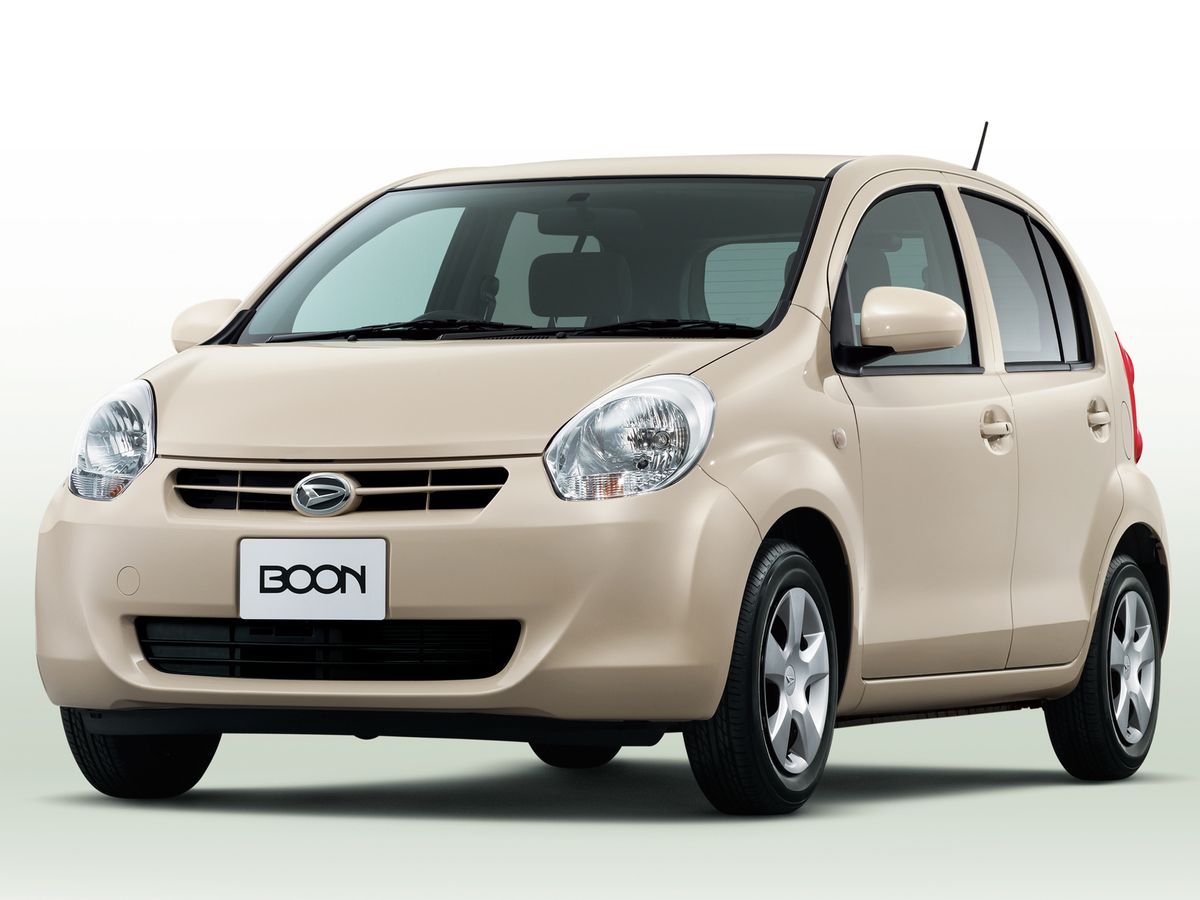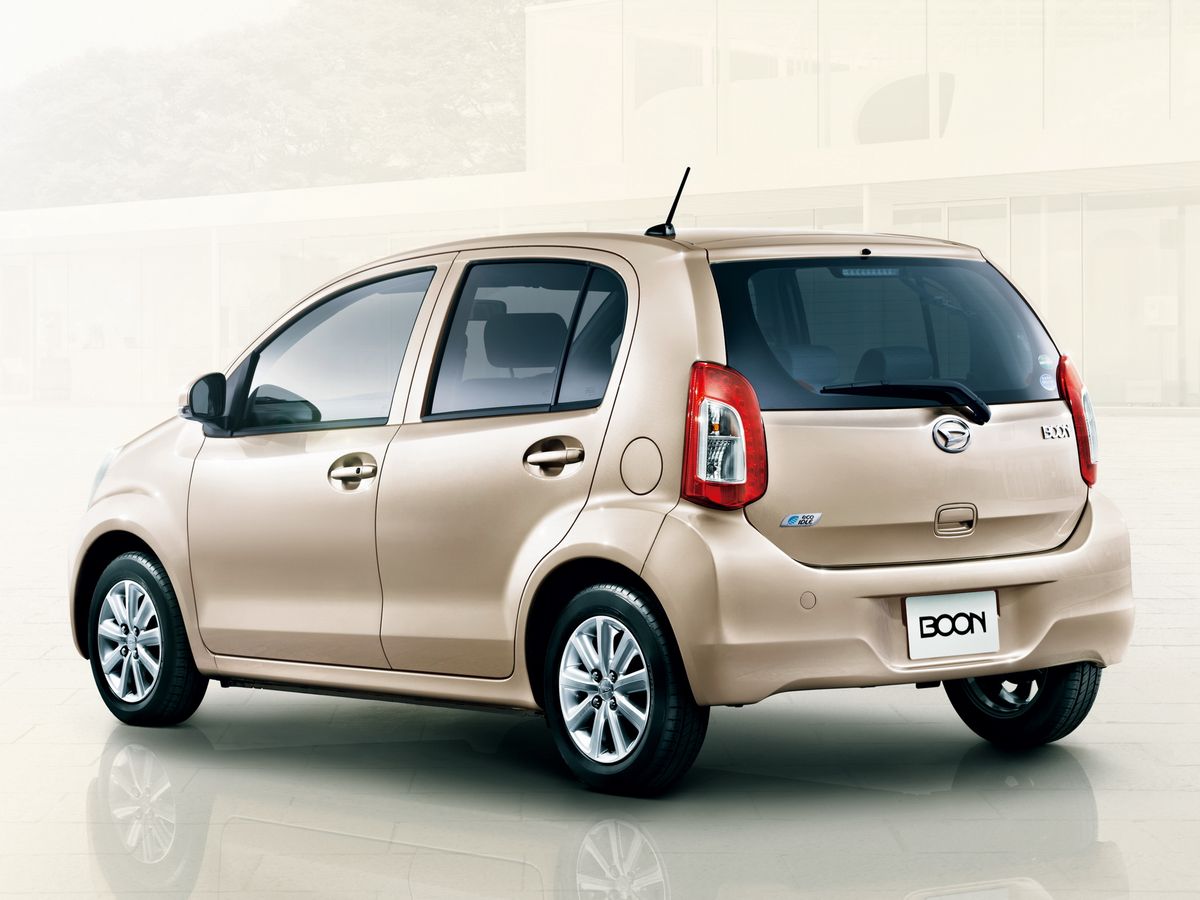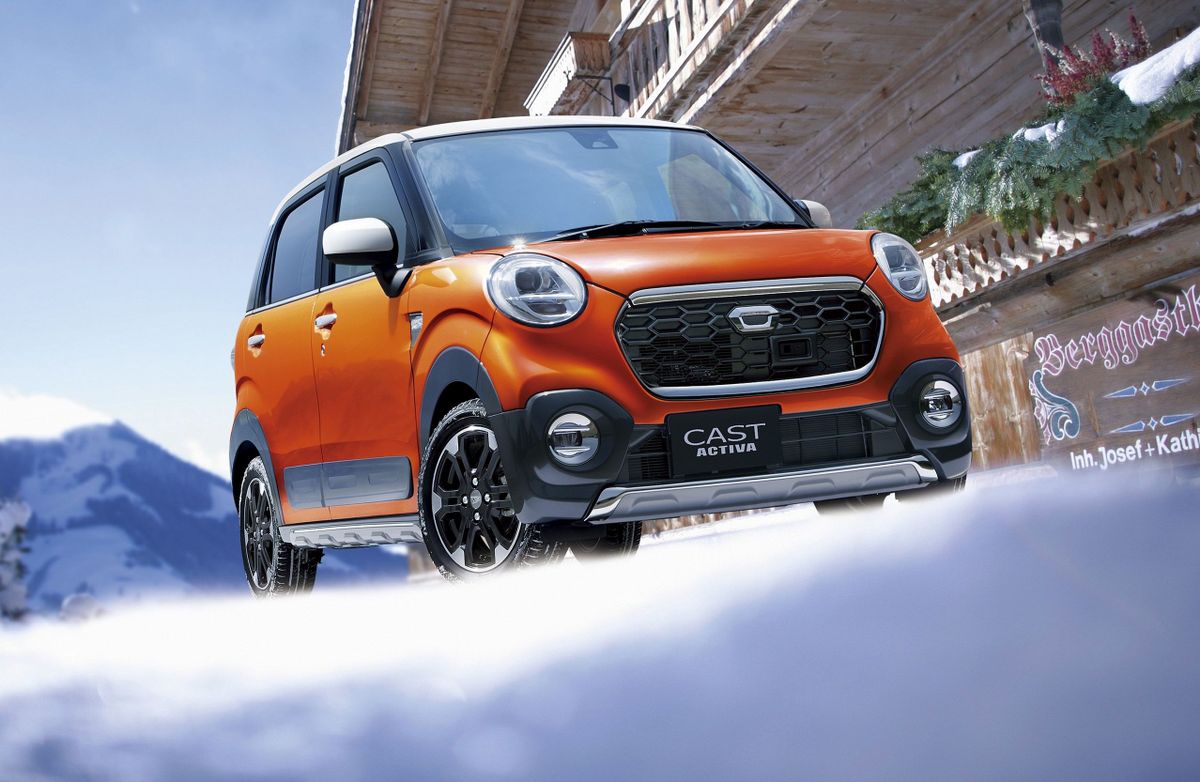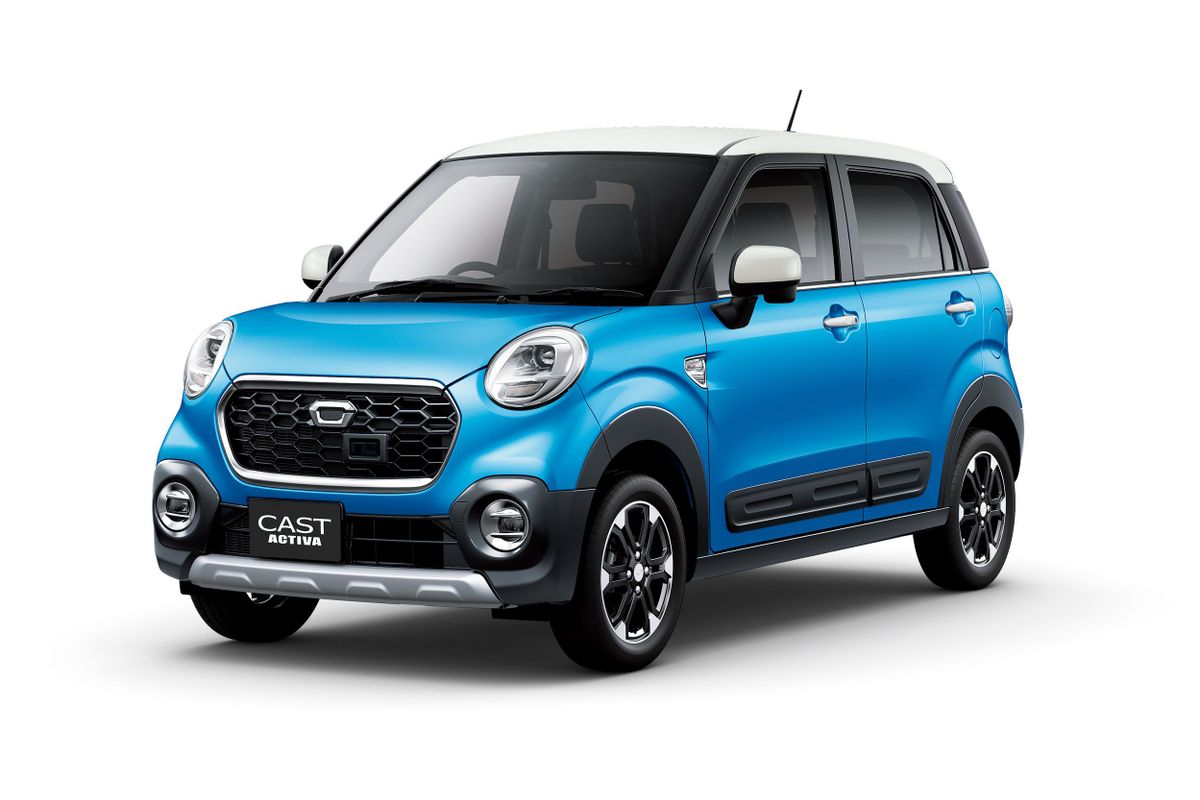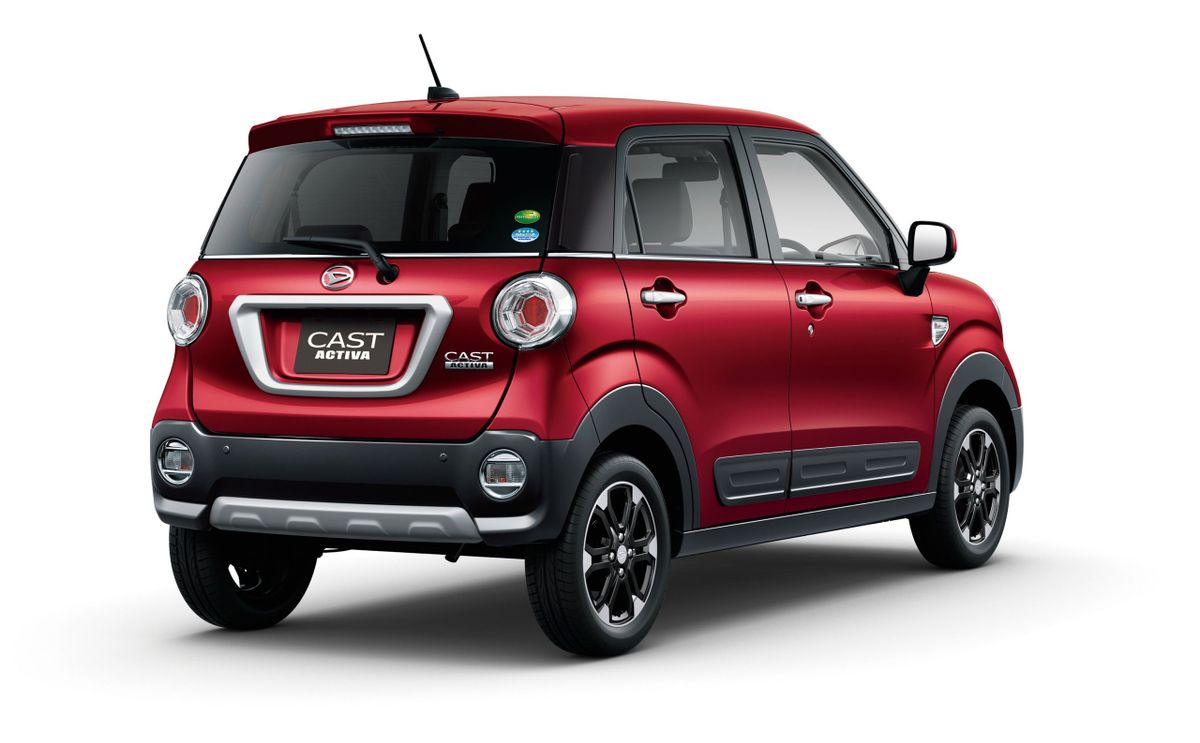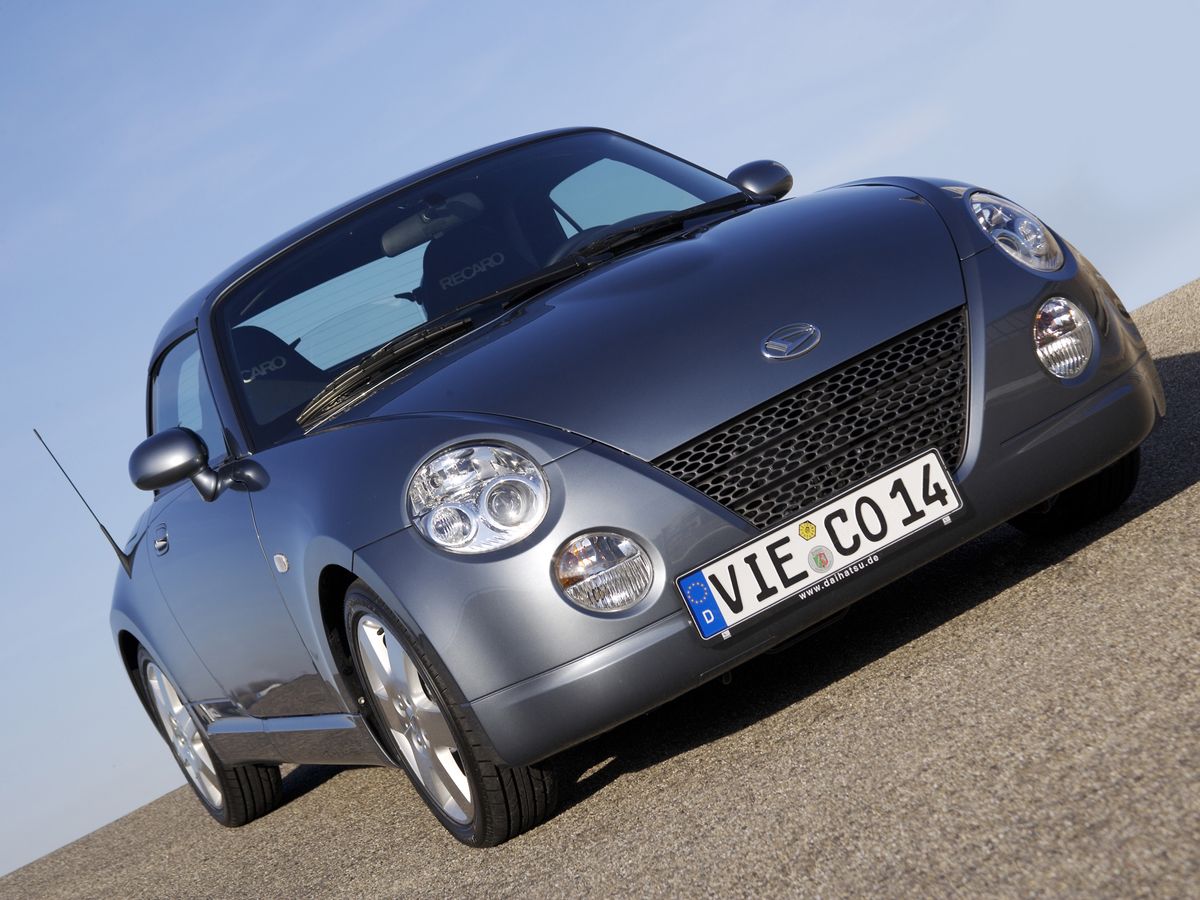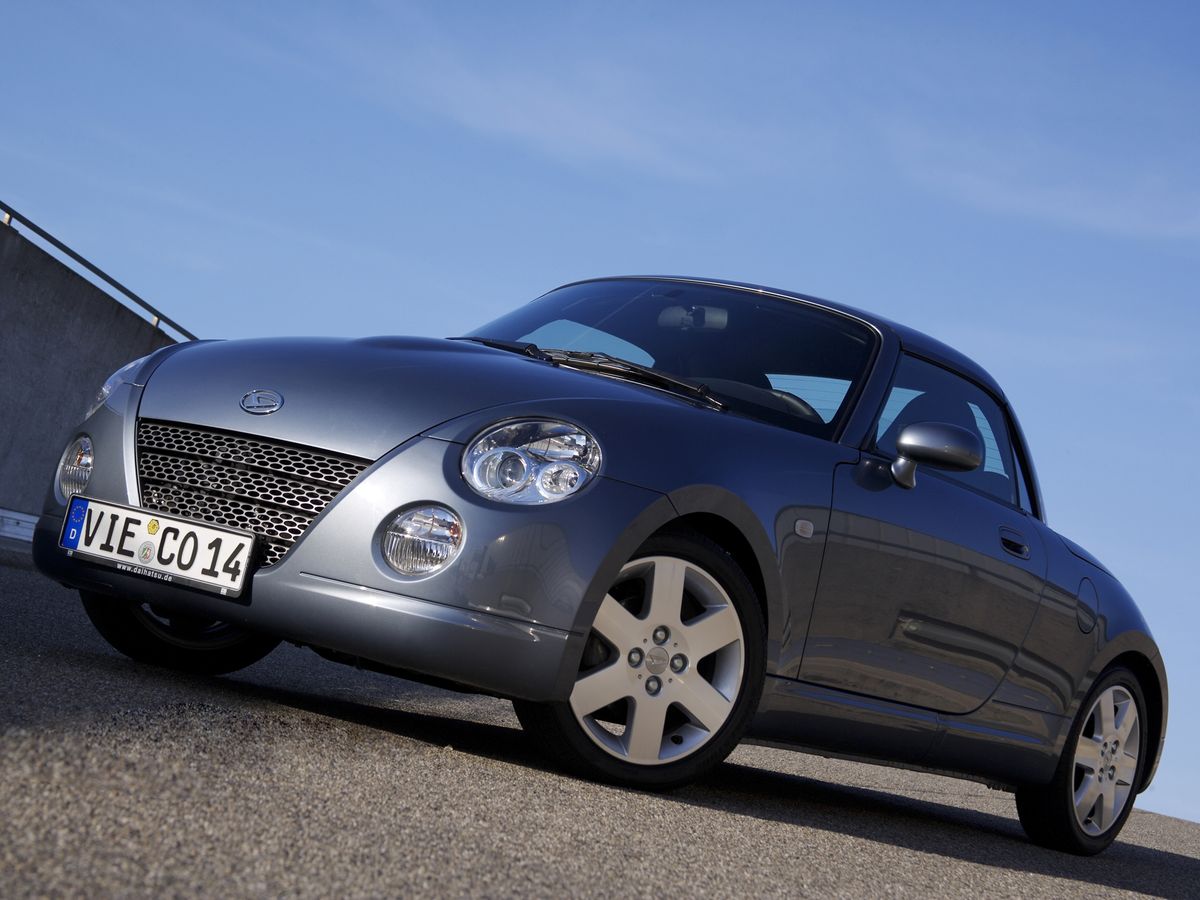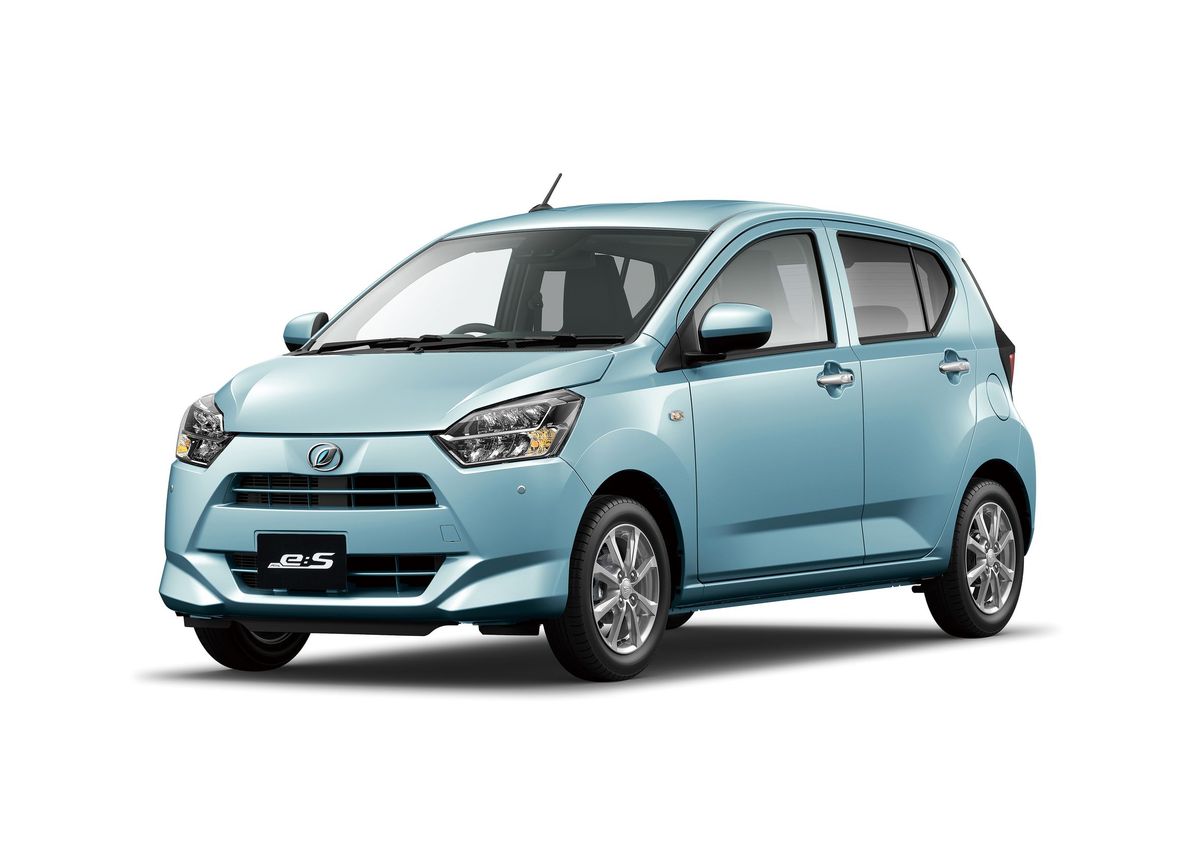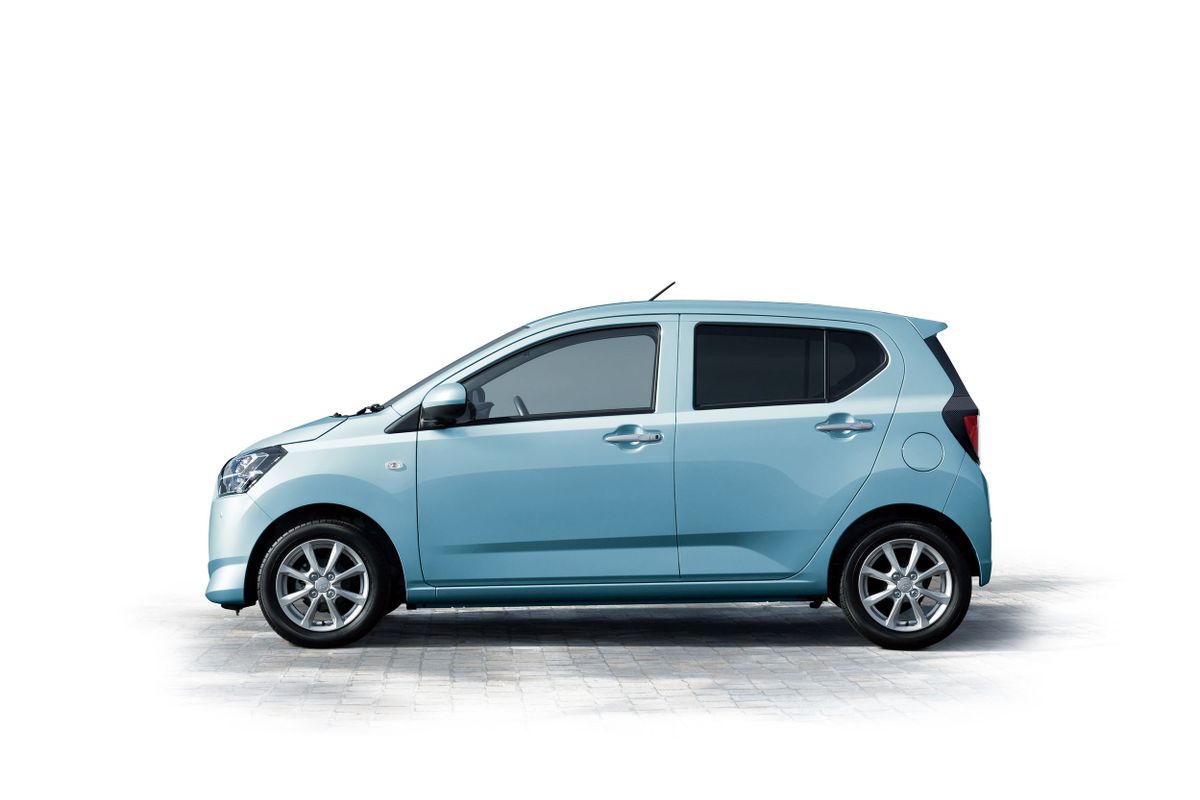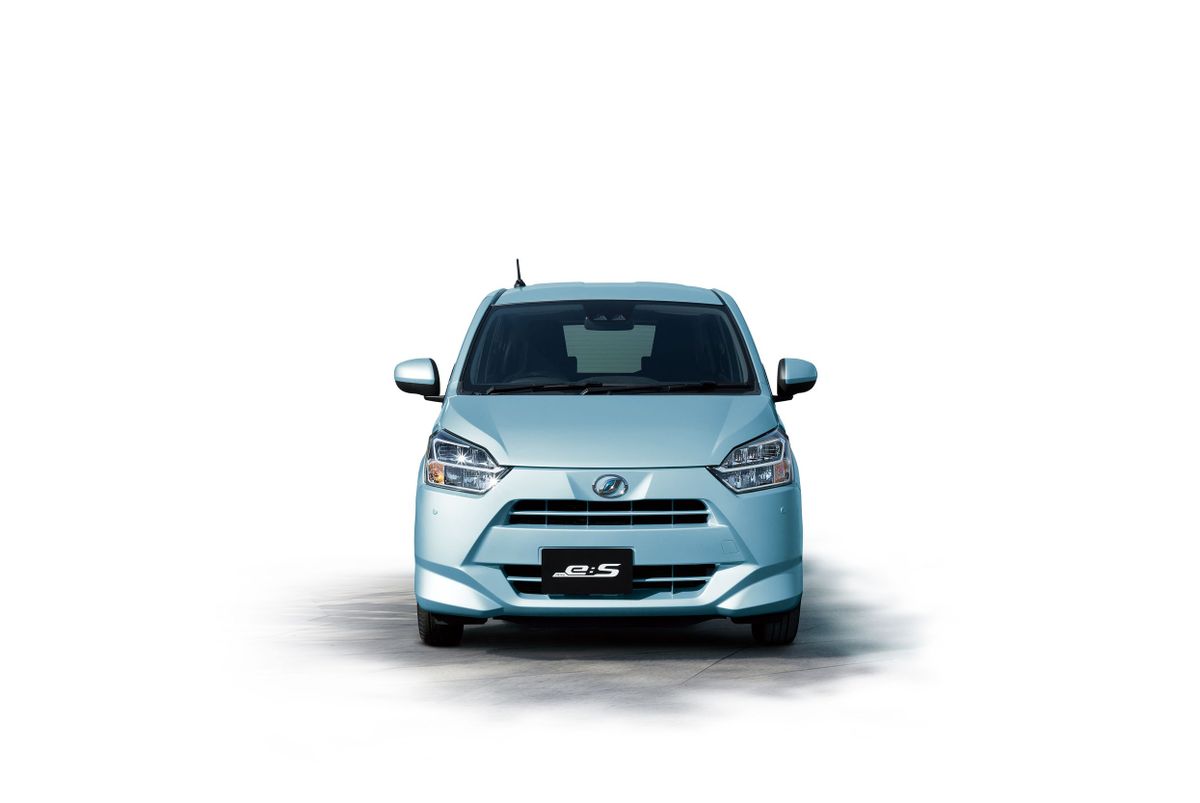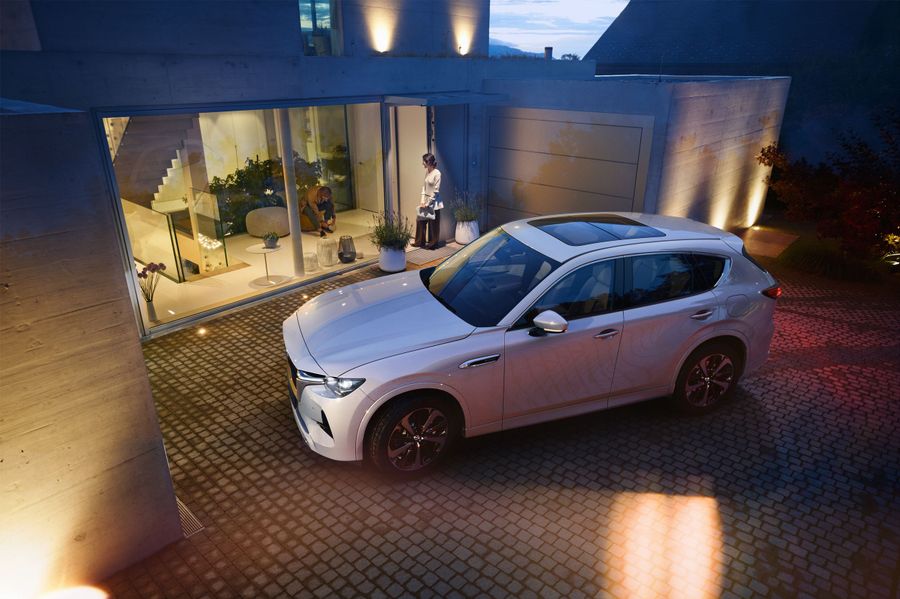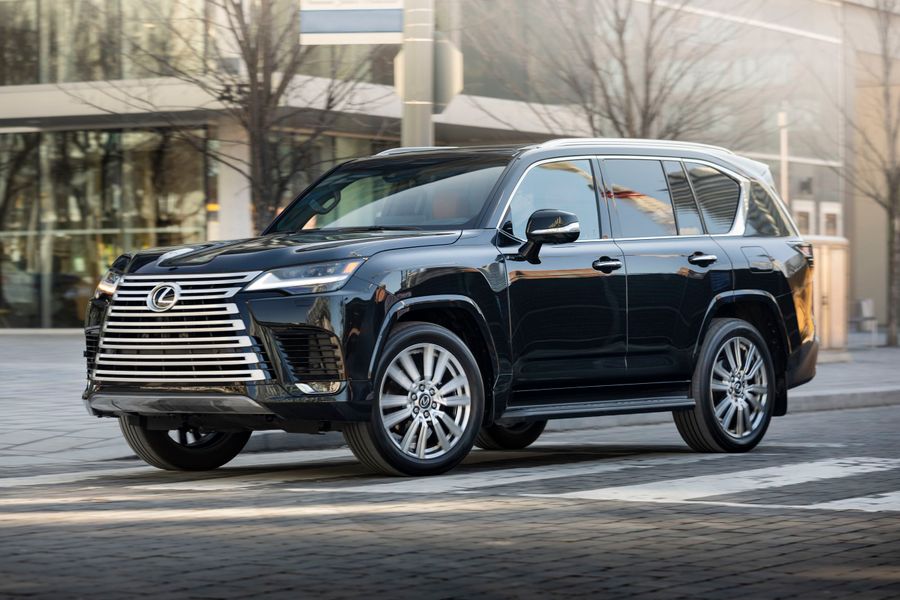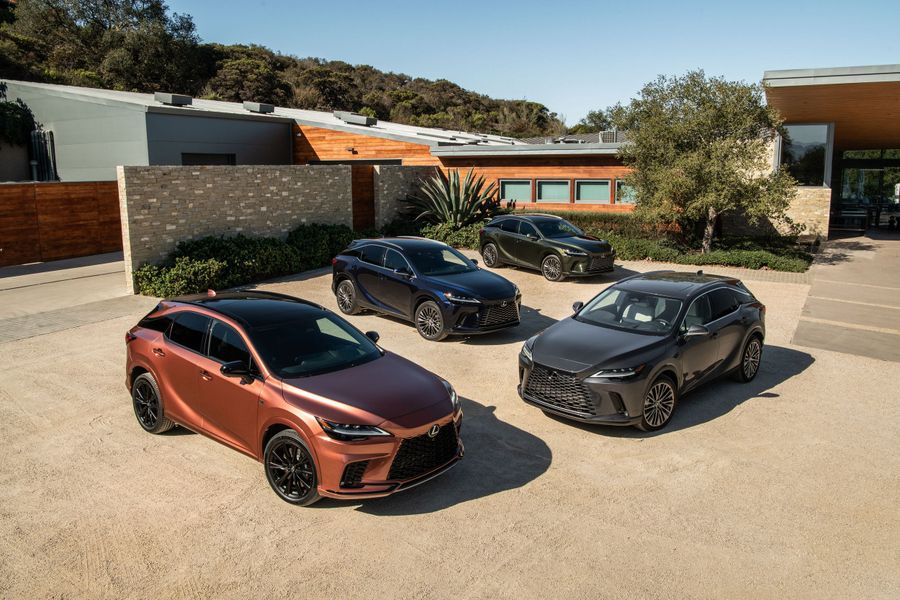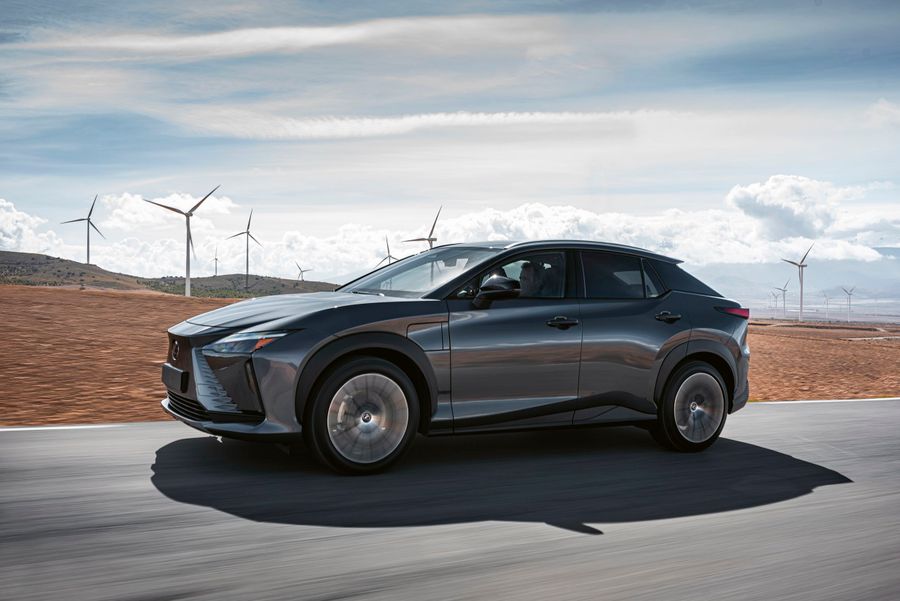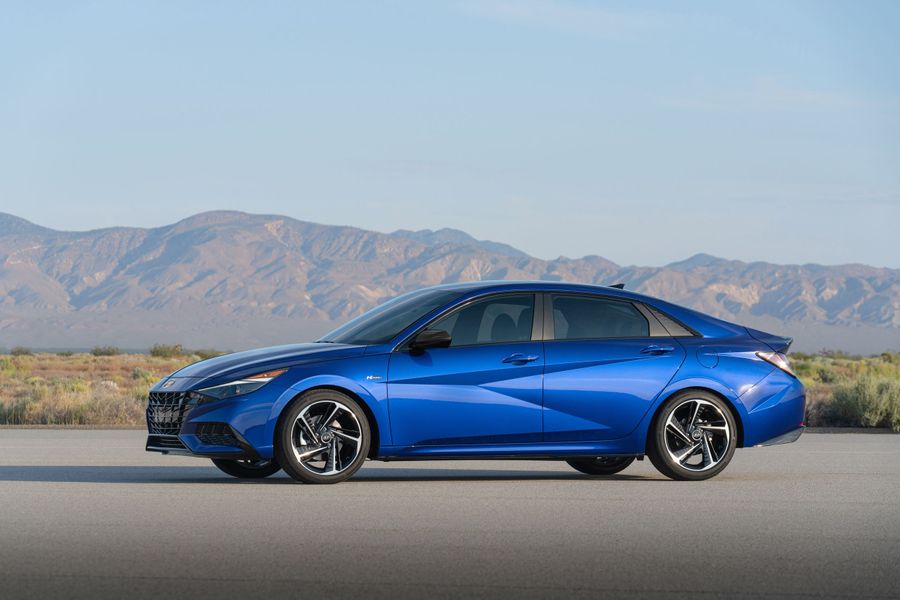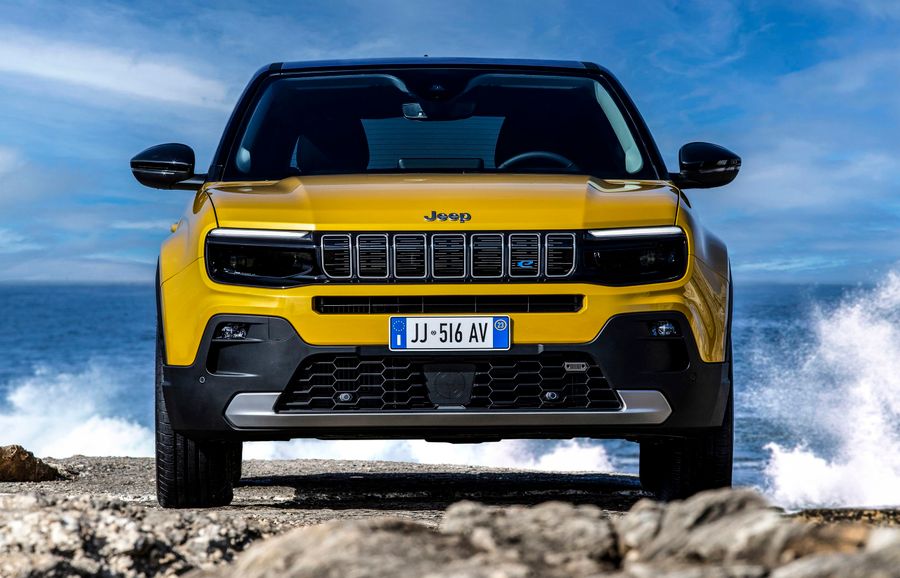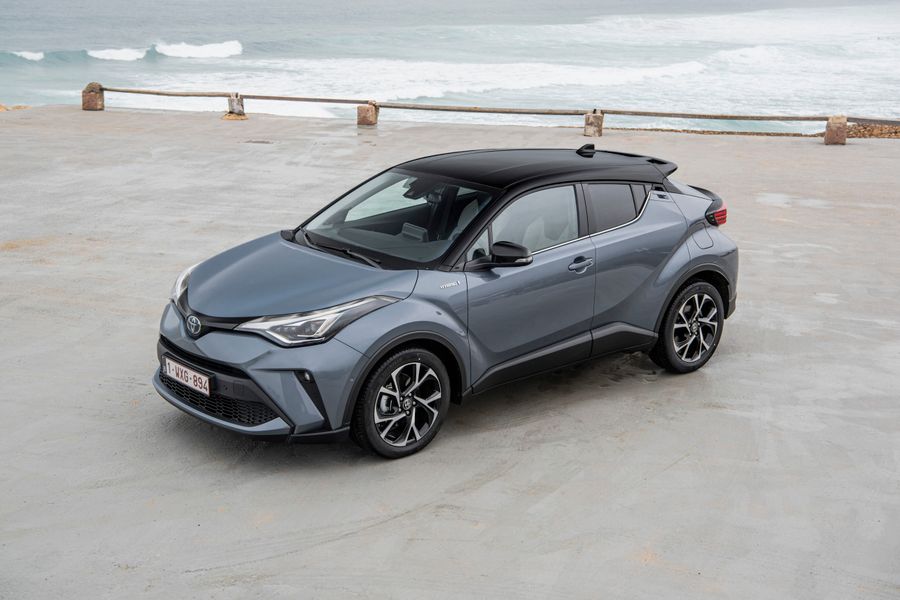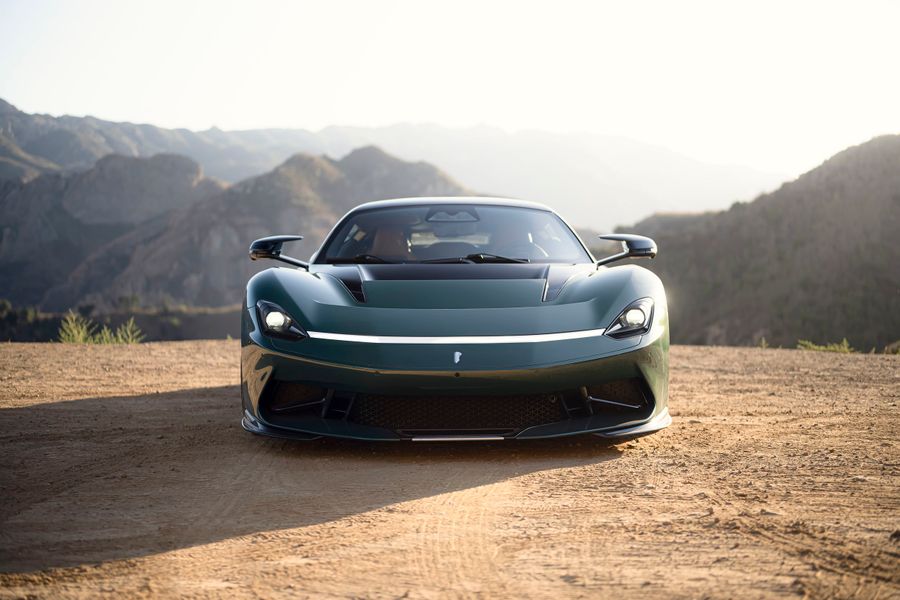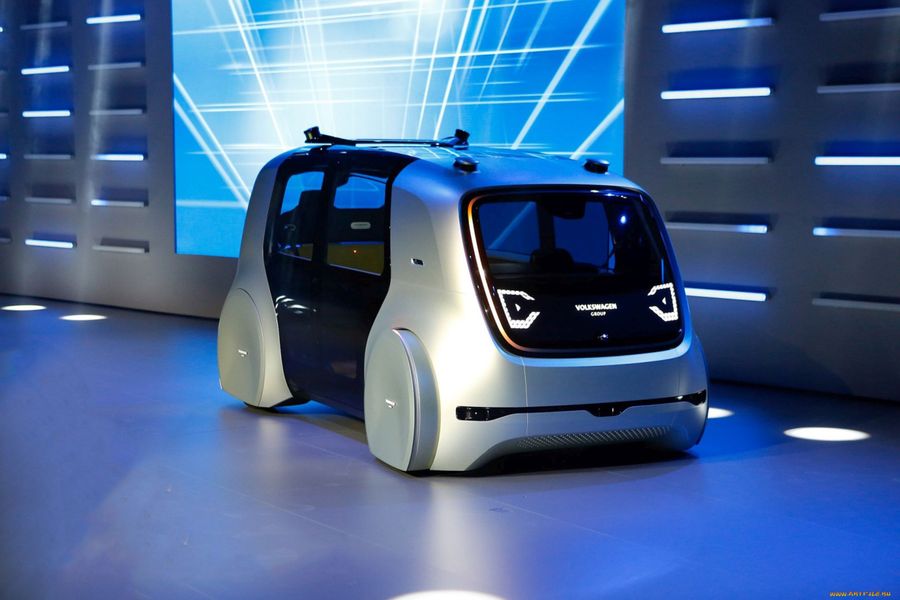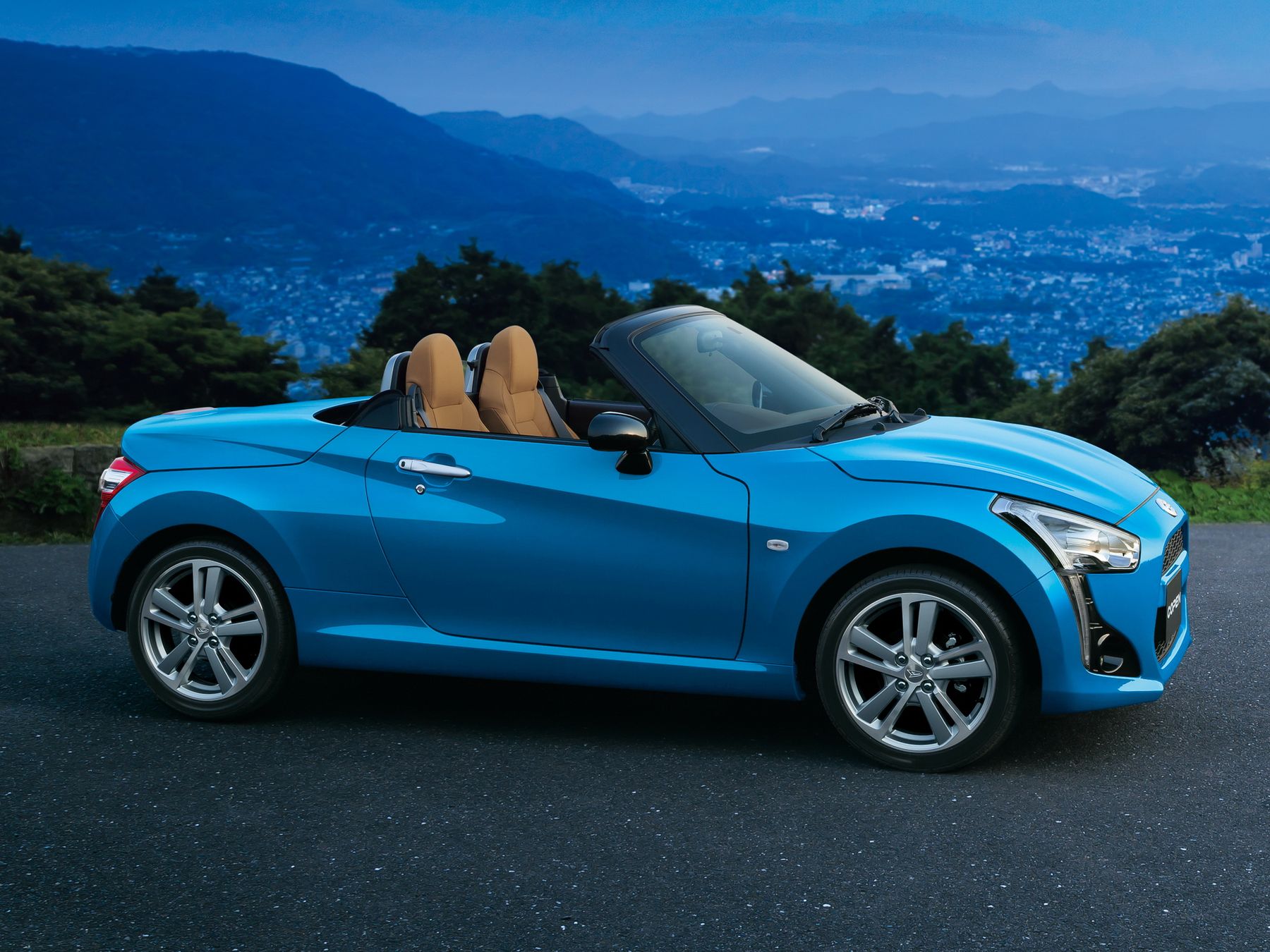
Daihatsu. Leader in the super compact car segment
Daihatsu Motor is a Japanese automobile company founded in 1907. It is a leader in the production of compact minivans. Moreover, it produces A-class minicars, B and C class subcompact cars, compact and medium-sized SUVs, and light trucks. In 2016, Toyota owned 100% of the shares of Daihatsu Motor (as of 2020).
Daihatsu produces such cars as Terios, Sirion, Move, Mira, Hijet, Delta, Copen, Charade, Applause, Altis. Moreover, it is known as a developer of hybrid vehicles. It exports cars to more than 140 countries around the world. The company’s plants are located in Japan, Indonesia and Venezuela. Currently, Daihatsu is a company with more than a century history, the philosophy of which is the corporate slogan: “We make it compact”. Indeed, in the rapidly expanding automotive market, compactness will be the key concept.
Stages of the long journey of small cars
In 1907, two professors from Osaka University, Yoshinki and Turumi, decided to found a company for the production of internal combustion engines, calling it Hatsudoki Seizo Co. Ltd. And only since 1930 it began to produce compact 3-wheeler cars. In 1951, the company received its current name ‘Daihatsu Motor Co. Ltd.’. The word ‘Daihatsu’ is a combination of hieroglyphs: ‘Dai’ symbolizes the company’s location in Osaka, and “Hatsu” stands for “engine manufacturing”.
In 1960, the company released a Hi-Jet pickup truck with a 356 cc 2-stroke engine and two cylinders. And in 1962, the manufacturer introduced a New-Line pickup, which was larger than the Hi-Jet and featured a 797 cc water-cooled engine. In 1966, the Fellow 2-door passenger car appeared. In 1967, Daihatsu entered into a business agreement with Toyota, which further led to the merger of the two companies. In 1968, the manufacturer released the Fellow SS, a mini-car with a 32-horsepower twin-carburetor engine and the first model to compete with the 31-horsepower Honda N360. In the export version, the Fellow was called the Daihatsu 360.
In 1975, the Daihatsu Charmant compact model was created on the basis of the Toyota Corolla. In 1976, the manufacturer introduced the Cuore (Domino) with a 547 cc 2-cylinder engine and the company’s first all-wheel drive off-road vehicle, the Taft. In 1977, the Charade model was released. In 1984, the Rocky SUV replaced the Taft model, and the assembly of Daihatsu cars began in China. By 1985, the total number of cars produced in the entire history of Daihatsu reached 10 million units. In Europe, mini-cars were very popular, and Daihatsu’s sales in the European market grew steadily. Alfa Romeo began producing the Charade for the Italian market. In 1986, the assembly of the Charade began in China, and a new 3-door Leeza was released, also available in a turbo version that developed 50 hp. The new Applause and Feroza models were introduced in 1989.
Daihatsu is a company with more than a century history, the philosophy of which is the corporate slogan: ‘We make it compact’. Indeed, in the rapidly expanding automotive market, compactness will be the key concept.
In the early 90s, Daihatsu entered into a technology agreement with Asia Motors and released the Sportrak model. In 1990, the new generation Mira was fitted with 4WS together with 4WD for the first and only time in the history of compact car production. In 1992, Daihatsu launched production in Indonesia and Italy. In 1992, the 3-door Opti came out, and production of the Hijet began in Italy. In 1993, the number of electric vehicles sold reached 7,000 units. And the Daihatsu Charade GTti racing car won the A-7 class at the Safari Rally. In 1995, the manufacturer presented a new compact car, Move, the design of which was developed in collaboration with the Italian company IDEA. 1996 saw the release of the Gran Move (Pyzar), as well as the Midget II and Opti Classic models with a retro front face design. In 1997, the all-wheel drive Daihatsu Terios was released. In 1998, the company introduced the passenger Daihatsu Sirion, while in 1999, the passenger Daihatsu Atrai Wagon was released, and the Daihatsu Taruna car was launched in Indonesia.
In the year of its 90th anniversary, the company had already produced 10,000,000 passenger cars. In 1998, Toyota bought a controlling stake in Daihatsu, and the company released the Terios Kid, an all-terrain vehicle, Sirion and the second generation Move, designed by the famous Giorgetto Giugiaro. In 1999, the Atrai Wagon, Naked and Mira Gino appeared.
The model range continued to expand with the Atrai 7 and YRV, followed by the Max in 2001. By that time, a million Move cars had already been produced. In Venezuela, the company and Toyota started producing the Terios, while maintaining the minimum percentage of emissions of harmful substances at the Japanese plants. In addition, a new Topaz catalyst was developed. 2002 saw the emergence of a catalyst that independently regenerated its components from valuable metals. The manufacturer released another new model, the stylish Copen Roadster.
Recently, Daihatsu has mainly presented concept mini-cars, ranging from the 2.5-meter 2-seater Micros-3L with a targa body (removable roof panels) to the 5-seater compact 3.8-meter YRV minivan. The EZ-U is a city car concept with the largest possible interior size for its class: with a body length of 3.4 m, it has no front and rear overhangs. The micro-roadster Kopen is a kind of scaled-down replica of the European Audi TT with lighting borrowed from the New Beetle. The off-road option is the SP-4 concept mini-SUV with a sliding rear roof section and permanent all-wheel drive, supplemented by a transfer case.


